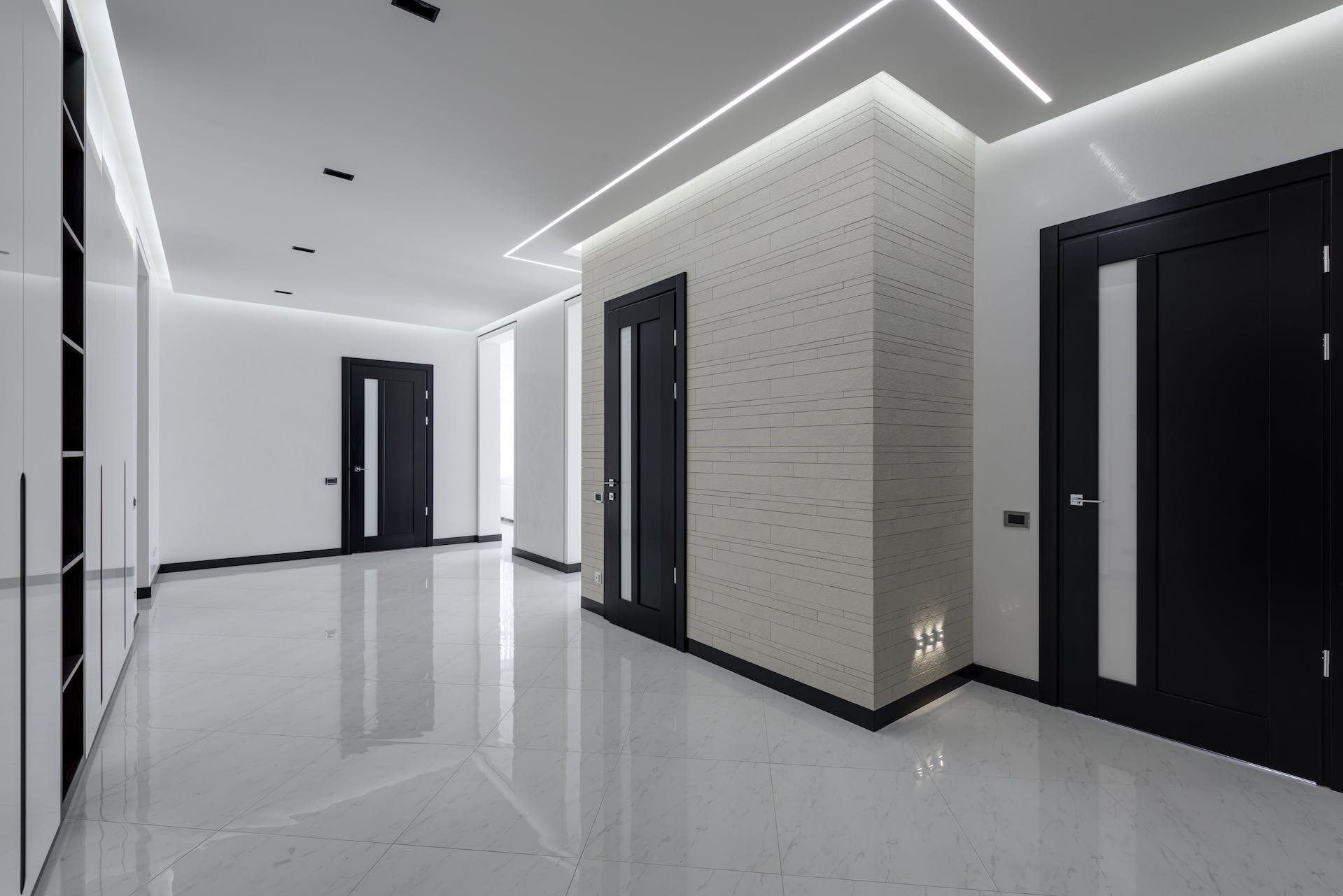Build to Suit in Commercial Real Estate

In commercial real estate, both “build to suit” and “reverse build to suit” are terms used to describe specialized real estate development arrangements, each with its unique characteristics.
1.) Build to Suit (BTS):
Build to Suit, often abbreviated as BTS, is a type of commercial real estate development where a property owner or developer constructs a new building or modifies an existing one to meet the specific needs and requirements of a tenant. This arrangement is usually initiated when a tenant has particular spatial, design, or operational needs that cannot be met by existing properties on the market.
Here’s how a typical Build to Suit process works:
a. Tenant Needs Assessment: The process begins with the tenant and the developer or property owner discussing the tenant’s specific requirements, such as the size of the space, layout, location, and any other special features needed.
b. Custom Design: Once the tenant’s needs are understood, the developer or property owner works with architects and contractors to design a building that fulfills those requirements. The design is tailored to the tenant’s specifications.
c. Construction: After the design is finalized and permits are obtained, construction begins on the custom-built property. The tenant may have input or oversight during this phase, ensuring the building aligns with their needs.
d. Lease Agreement: Once construction is complete, the tenant typically signs a long-term lease agreement, securing the space and committing to rent payments.
e. Occupancy: The tenant moves into the newly constructed or renovated space, which is now tailored to their exact requirements.
2.) Reverse Build to Suit (RTS):
Reverse Build to Suit, also known as a Reverse Build to Suit Lease, is a less common but equally important real estate arrangement. In a reverse build to suit, the tenant takes the initiative to fund and oversee the construction or renovation of a property to meet their specific needs. The landlord then enters into a lease agreement with the tenant upon completion.
The key steps in a Reverse Build to Suit process include:
a. Tenant-led Construction: The tenant identifies a suitable property or land and funds the construction or renovation according to their requirements. This allows them to create a custom space tailored to their business operations.
b. Lease Agreement: After the property is constructed or modified to their specifications, the tenant enters into a lease agreement with the property owner (landlord). This lease typically involves a long-term commitment, with the tenant agreeing to pay rent for the use of the property.
c. Occupancy: The tenant then occupies the space and uses it for their business operations.
Key Differences:
The primary difference between Build to Suit (BTS) and Reverse Build to Suit (RTS) lies in who initiates and funds the construction.
1.) BTS is initiated by the property owner or developer, who constructs or modifies a property to meet the tenant’s needs.
2.) RTS is initiated by the tenant, who funds and oversees the construction or renovation to meet their specific requirements.
In both cases, a lease agreement is involved, but the party responsible for the property’s customization and financing differs. BTS is more common, as property owners often have the capital and expertise to develop properties, while RTS is less common but provides tenants with more control over the design and customization of their space.
Disclaimer:
The information provided herein is intended for general informational purposes only. It does not constitute legal or financial advice. Commercial real estate practices and regulations can vary significantly depending on the specific location, market conditions, and other factors. It is strongly recommended to consult with qualified professionals, such as real estate attorneys, commercial real estate brokers, and financial advisors, to obtain accurate and up-to-date guidance tailored to your individual needs and circumstances.


